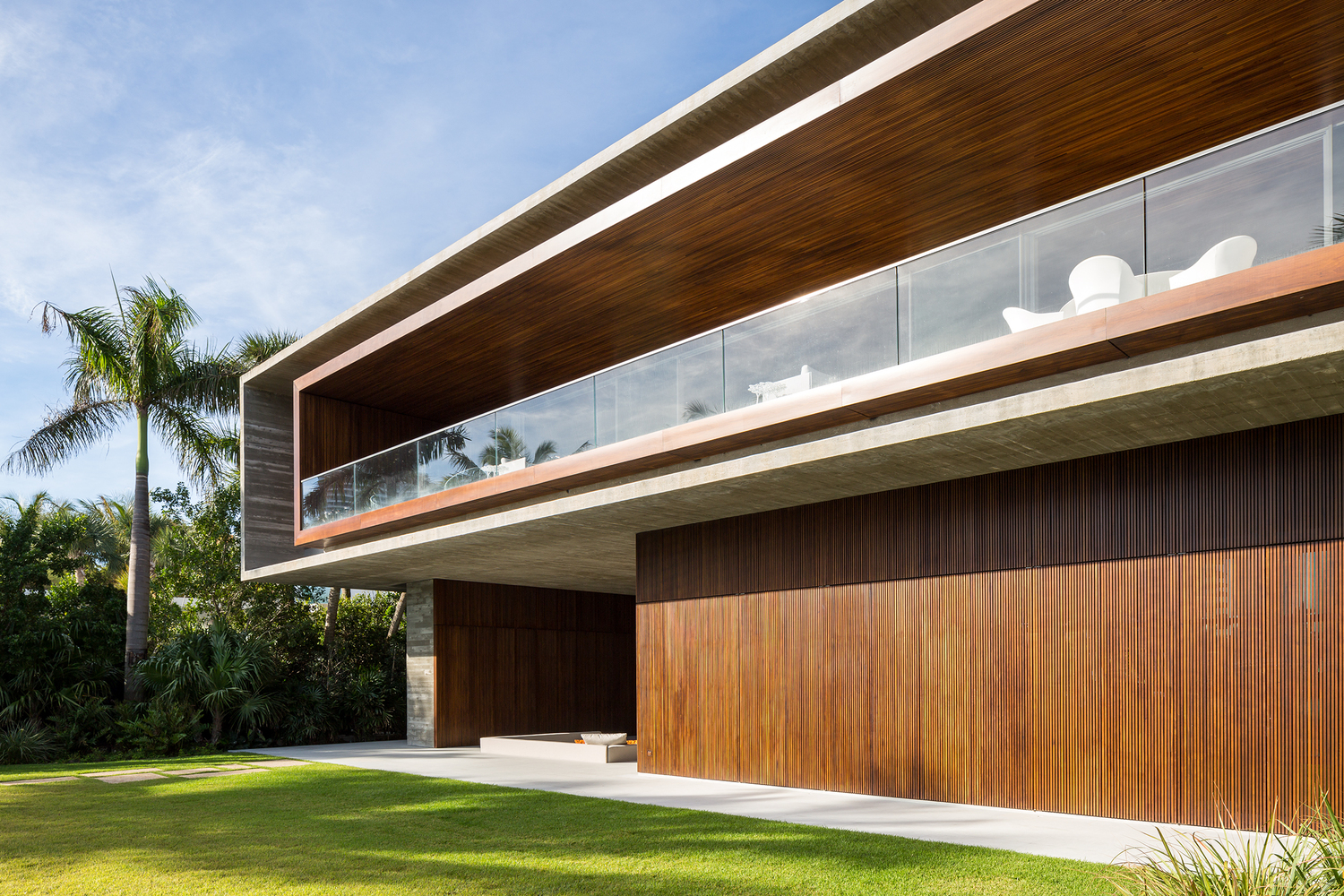One decision. So much impact.
In today’s world, where environmental concerns and climate change are at the forefront, every decision we make holds the potential for significant impact. This is especially true when it comes to designing and constructing buildings. By choosing sustainable design principles for your next project, you can pave the way for a better, greener future. Join us as we explore the numerous benefits of sustainable design and its transformative power on our environment, health, and well-being.
Reducing Environmental Impact
One of the most profound outcomes of opting for sustainable design is the reduction of negative impacts on the environment. Traditional construction methods often generate large amounts of waste and pollution. By incorporating sustainable design practices, such as using recycled and renewable materials, implementing efficient waste management strategies, and prioritizing energy efficiency, we can significantly minimize the carbon footprint associated with the built environment.
Preserving Natural Resources

The adoption of sustainable design principles also plays a crucial role in conserving natural resources. By opting for materials that are responsibly sourced, renewable, or recycled, we can reduce the depletion of valuable resources. For instance, choosing bamboo as a building material offers a sustainable alternative to traditional timber, as bamboo grows rapidly and requires fewer resources for cultivation. By embracing sustainable design, we can contribute to the preservation of ecosystems and protect the biodiversity of our planet.
Energy Efficiency and Carbon Footprint Reduction
Buildings designed with sustainability in mind utilize advanced insulation, efficient heating and cooling systems, and smart technologies to minimize energy consumption. By incorporating bamboo as a key component, an eco-friendly and renewable resource, sustainable design can achieve even greater energy efficiency.
Bamboo, known for its rapid growth and strength, offers a sustainable alternative to traditional timber. Its natural properties make it an excellent insulator, regulating temperature and reducing the need for excessive heating or cooling. Moreover, bamboo’s high strength-to-weight ratio allows for sturdy construction while minimizing material usage.


By choosing sustainable design for your project and incorporating bamboo, you not only contribute to a greener future but also help combat the environmental challenges we face today. The use of bamboo as a building material helps reduce the carbon footprint associated with construction, as bamboo plants absorb large amounts of carbon dioxide during their growth. This, in turn, helps mitigate climate change by lowering greenhouse gas emissions.

Furthermore, bamboo’s rapid growth and low resource requirements make it a highly sustainable choice. Unlike traditional timber, which can take decades to reach maturity, bamboo can be harvested in a fraction of that time, allowing for quicker replenishment and reduced strain on natural resources.
In addition to its environmental benefits, bamboo also offers aesthetic and cultural advantages. Its natural beauty and versatility in design make it an attractive choice for architects and designers seeking unique and sustainable solutions. Bamboo’s integration into architectural projects can showcase a fusion of modern innovation and traditional wisdom, promoting a deeper connection to nature and local cultures.
Improving Indoor Environmental Quality
Sustainable design is not just about the environment; it also focuses on enhancing the well-being of occupants. By utilizing natural materials, maximizing daylighting, improving indoor air quality, and incorporating biophilic design elements, sustainable buildings create healthier spaces for people to live and work in. Studies have shown that such environments have a positive impact on mental health, productivity, and overall quality of life. By prioritizing sustainability, we can create spaces that nurture the well-being of both individuals and communities.


The decision to embrace sustainable design for your next project holds immeasurable potential for positive change. By reducing the negative impact on the environment, improving energy efficiency, preserving natural resources, and promoting health and well-being, sustainable design offers a holistic approach to creating a better future. Each choice we make in the realm of design and construction can make a difference in our fight against climate change and the overall sustainability of our planet.
So, let’s make that first step towards a greener and more sustainable future by considering sustainable design principles. Whether it’s the selection of eco-friendly materials like bamboo or the integration of energy-efficient systems, every decision matters. Together, we can build a world where our structures coexist harmoniously with nature, benefiting both present and future generations.
